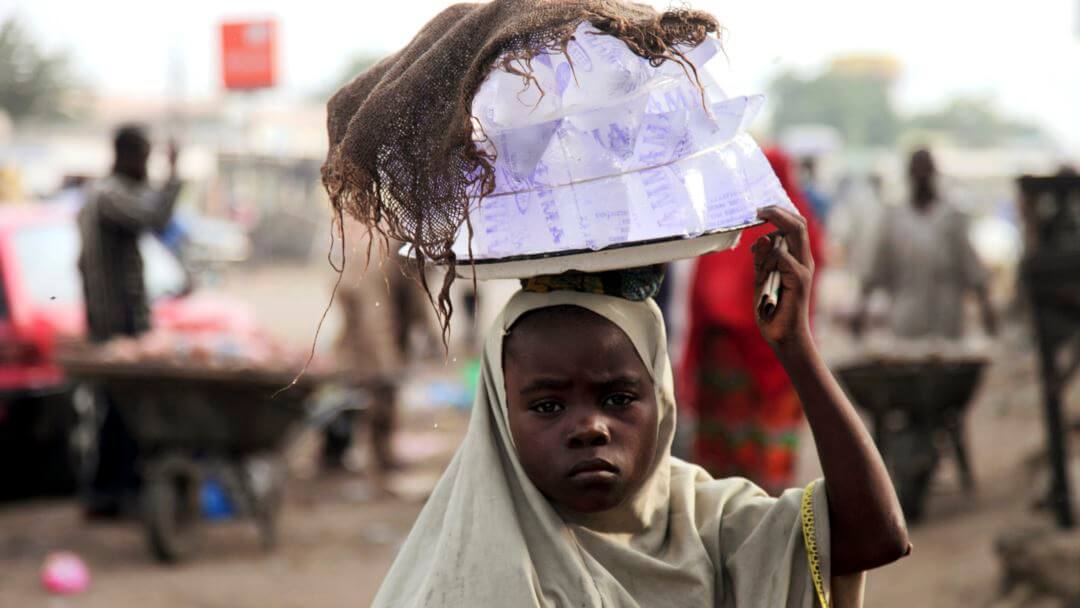UN Humanitarian Agency Announces Major Workforce Cuts Amid Financial Crisis

The UN Office for the Coordination of Humanitarian Affairs faces significant downsizing as budget constraints force dramatic operational changes across multiple countries.
OCHA leadership has revealed plans to eliminate approximately 500 positions from its global workforce, representing a substantial reduction from its current staffing level of roughly 2,600 personnel. The cuts stem from a critical $58 million budget deficit that has compromised the agency’s ability to maintain operations at previous scales.
The organisation’s financial crisis intensified following reduced funding from Washington, which has historically provided the largest portion of OCHA’s voluntary contributions. This funding reduction has created cascading effects throughout the agency’s global network, spanning over 60 nations.
Nine countries will experience a reduced OCHA presence as part of the restructuring initiative. The affected regions include Cameroon, Colombia, Eritrea, Iraq, Libya, Nigeria, Pakistan, Turkey’s Gaziantep province, and Zimbabwe. These locations will see diminished coordination services and scaled-back humanitarian support operations.
U.N. aid chief Tom Fletcher communicated the organisational changes through internal correspondence to agency personnel, outlining the necessity of adapting to current fiscal realities.
“OCHA relies heavily on voluntary contributions, with the U.S. alone accounting for the largest share,” Fletcher stated.
The restructuring aims to address systemic inefficiencies within the organisation’s hierarchy. Leadership plans to reduce administrative layers while shifting greater authority to field-based operations. This decentralisation strategy is intended to eliminate bureaucratic obstacles that have historically slowed response times during humanitarian emergencies.
Fletcher’s vision includes redistributing the budget to prioritise field operations over headquarters functions. The new financial framework targets allocating 70% of resources to country and regional offices, while headquarters operations would receive the remaining 30%.
OCHA’s role encompasses coordinating international disaster responses, facilitating aid distribution, and advocating for crisis-affected populations worldwide. The agency also manages critical information sharing between various humanitarian organisations, governments, and donor nations.
The workforce reduction may compromise these coordination functions, particularly in regions experiencing ongoing conflicts or natural disasters. Local aid organisations and international partners have expressed concerns about potential gaps in humanitarian leadership and resource mobilisation.
Fletcher emphasised that the transformation seeks to enhance operational effectiveness despite reduced resources. The restructuring philosophy centres on eliminating redundant processes while strengthening direct service delivery to affected communities.
“This strategic shift,” Fletcher noted, “aims to empower country leadership and provide context-specific coordination services, all while maintaining the effectiveness of our global humanitarian agenda.”
The revised organisational structure prioritises field-based decision-making over centralised control mechanisms. This approach reflects broader trends in humanitarian work toward localised responses and community-driven solutions.
Agency officials acknowledge that global humanitarian needs continue to expand while available funding remains constrained. The restructuring represents an attempt to balance operational capacity with financial sustainability in an increasingly challenging environment.
Humanitarian experts warn that OCHA’s downsizing could strain emergency response capabilities in vulnerable regions already facing complex crises. The reduced coordination capacity may particularly impact multi-agency operations requiring sophisticated logistical planning and resource allocation.
Despite these challenges, OCHA leadership maintains that the streamlined structure will ultimately strengthen the organisation’s core mission. The success of this transformation will largely depend on maintaining effective partnerships with local organisations and maximising the impact of remaining resources.
The restructuring timeline and specific implementation details remain under development, as the organisation works to minimise disruption to ongoing humanitarian operations while adapting to its new operational reality.





